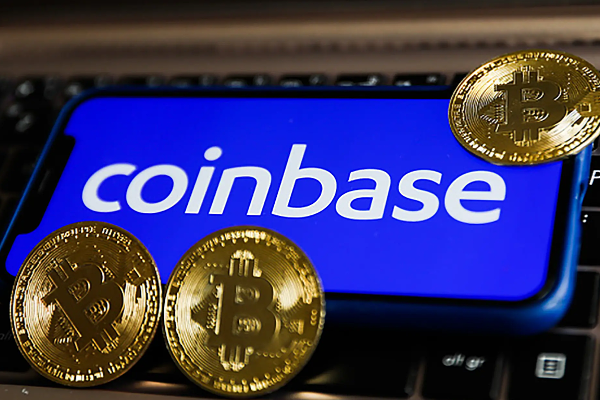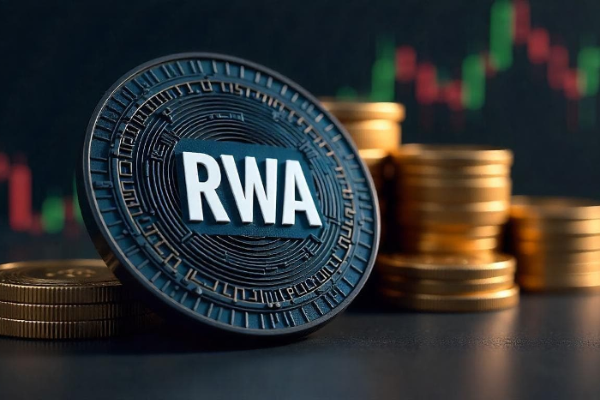The annual transaction volume of stablecoin payments reached US$94.2 billion, and B2B applications became the growth engine

According to the latest industry data, from January 2023 to February 2025, the total global stablecoin payment volume reached US$94.2 billion, among which business-to-business (B2B) transfers became the key driving factor, with an annualized payment scale of US$36 billion, accounting for the majority of the overall transaction volume.
In actual application scenarios, stablecoin payments bound to bank cards also showed strong growth, with annual transaction volume exceeding US$13.2 billion, reflecting the increasing frequency of consumers' use in cross-border payments, digital wallets and crypto card products.
From the perspective of currency distribution, Tether (USDT) still maintains a dominant position in the payment market, accounting for most of the transaction share. It is followed by USDC issued by Circle, and the two together constitute the core part of the current stablecoin payment ecosystem.
In terms of the underlying settlement network, Tron and Ethereum have become the most important transaction infrastructure, undertaking most of the settlement tasks of stablecoin payments. Especially in the B2B field, data shows that the average amount of a single transfer has exceeded US$219,000. Enterprises are more widely receptive to using stablecoins for large-scale settlement and clearing.
At the same time, the total market value of global stablecoins has reached US$247.3 billion, an increase of 54.5% compared with 12 months ago. This reflects the increasing trust of users in stablecoins as a payment and storage tool, especially in the context of high costs and low cross-border efficiency of the traditional financial system, stablecoins are gradually being widely adopted as a more convenient alternative.
This trend has also attracted the continued attention of regulators. Many countries and regions are accelerating the formulation and improvement of stablecoin-related policies to ensure market security and find a balance between innovation. At the same time, traditional financial institutions are also actively testing the application potential of stablecoins in areas such as clearing, asset tokenization and supply chain finance.
Overall, stablecoins have gradually surpassed the single purpose of crypto transactions and have begun to take root in multiple dimensions such as cross-border payments, corporate clearing, and consumer transactions. In the future, as on-chain finance and real-world assets further integrate, stablecoins may become an important part of the global financial system.









